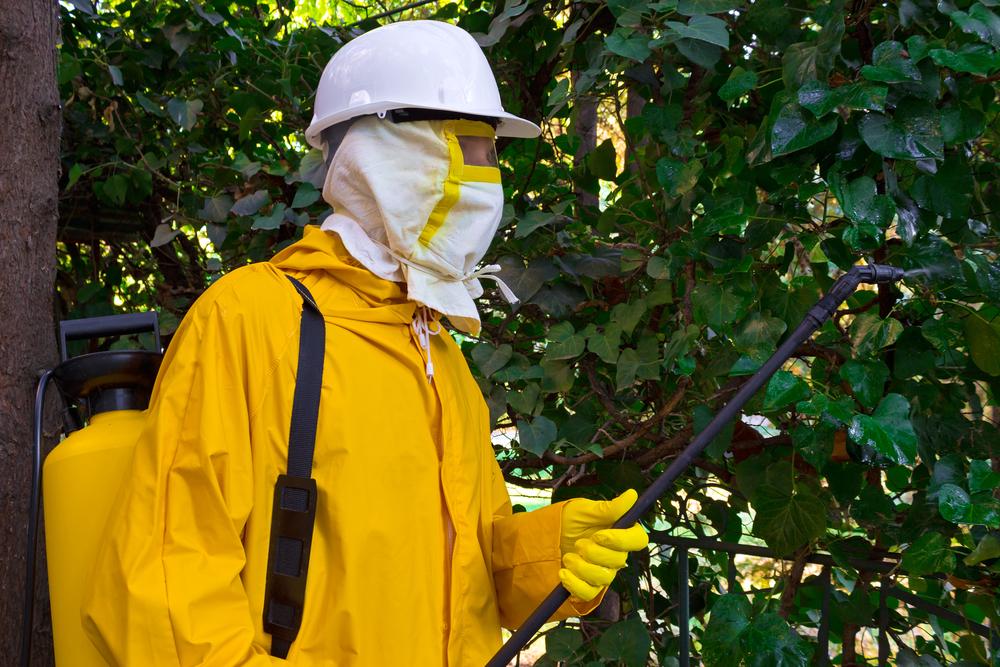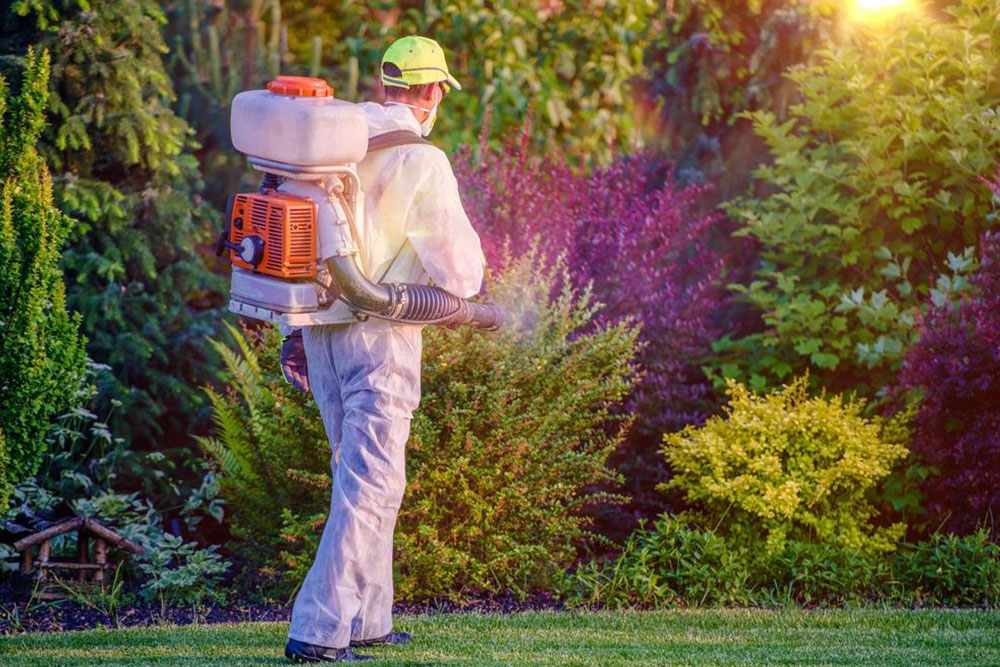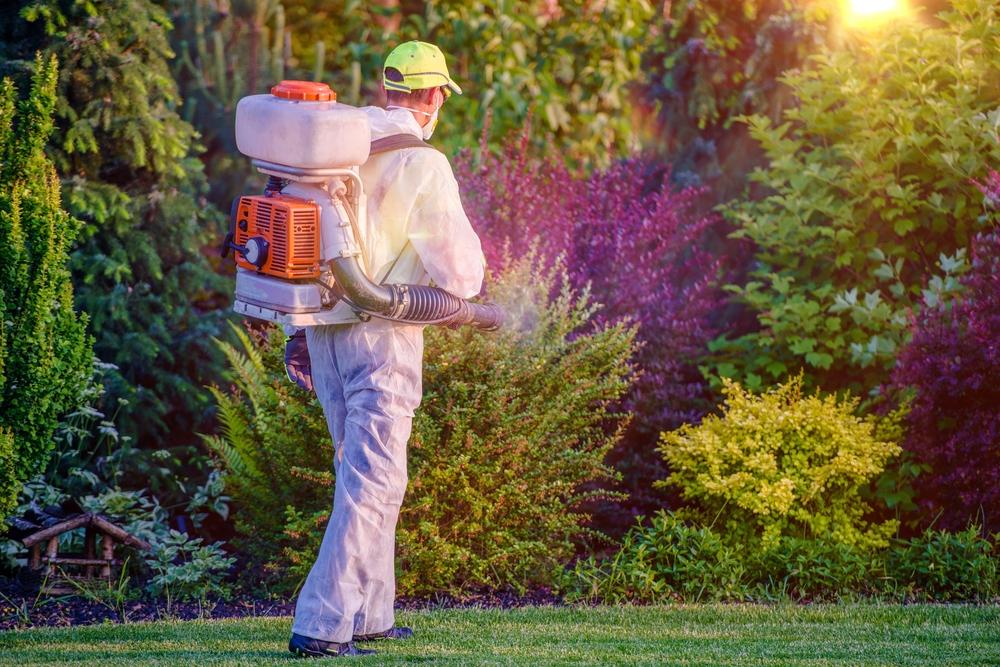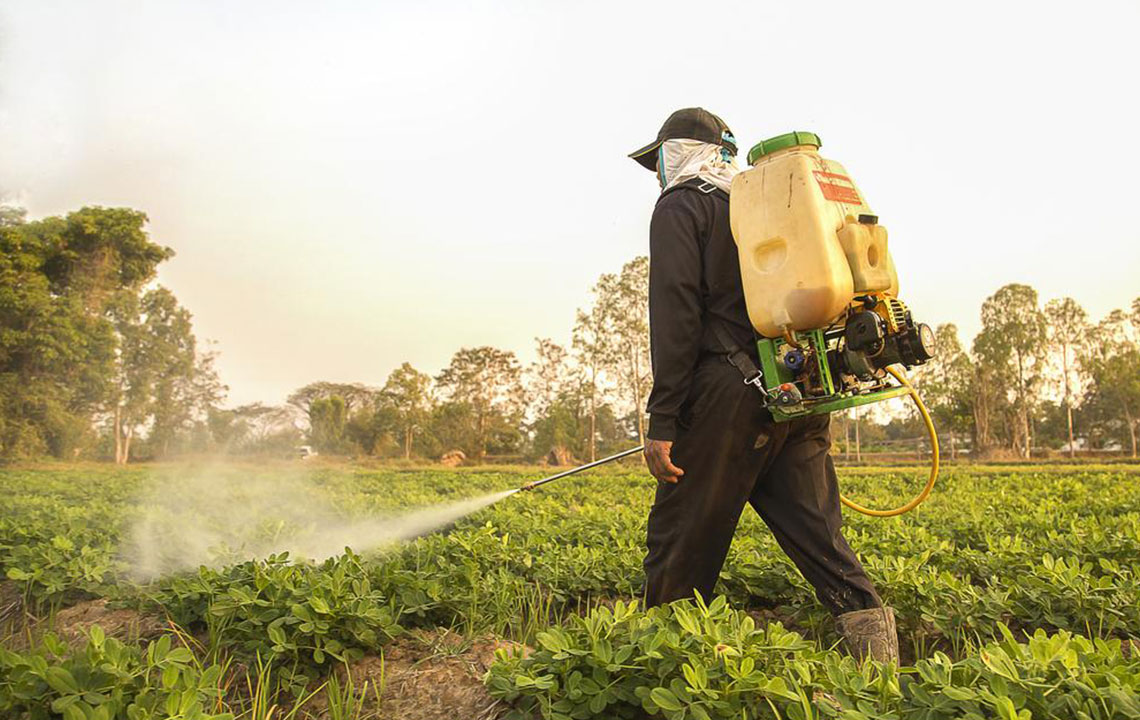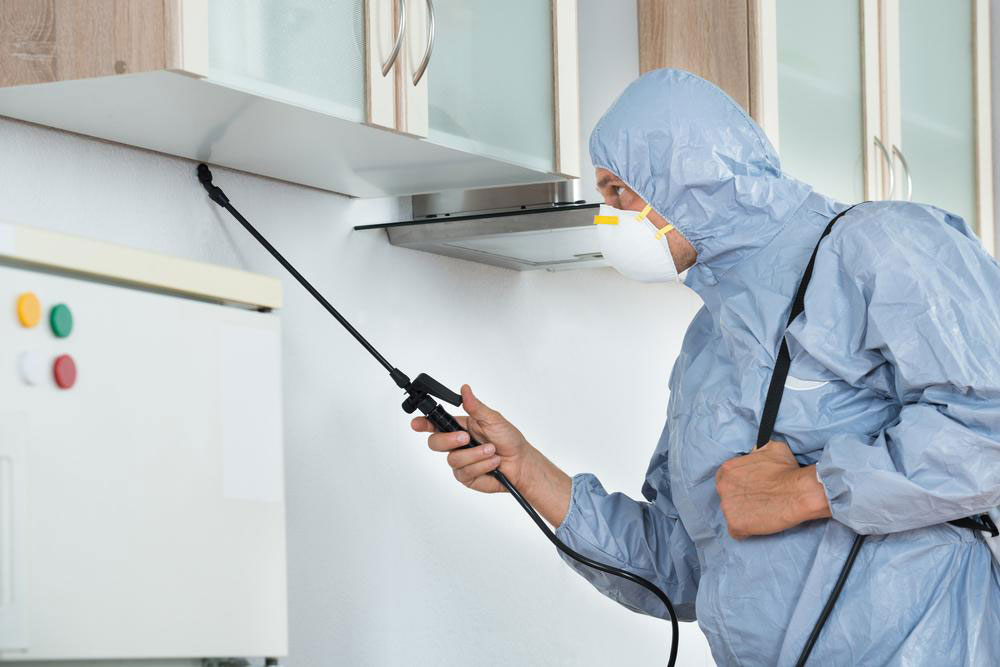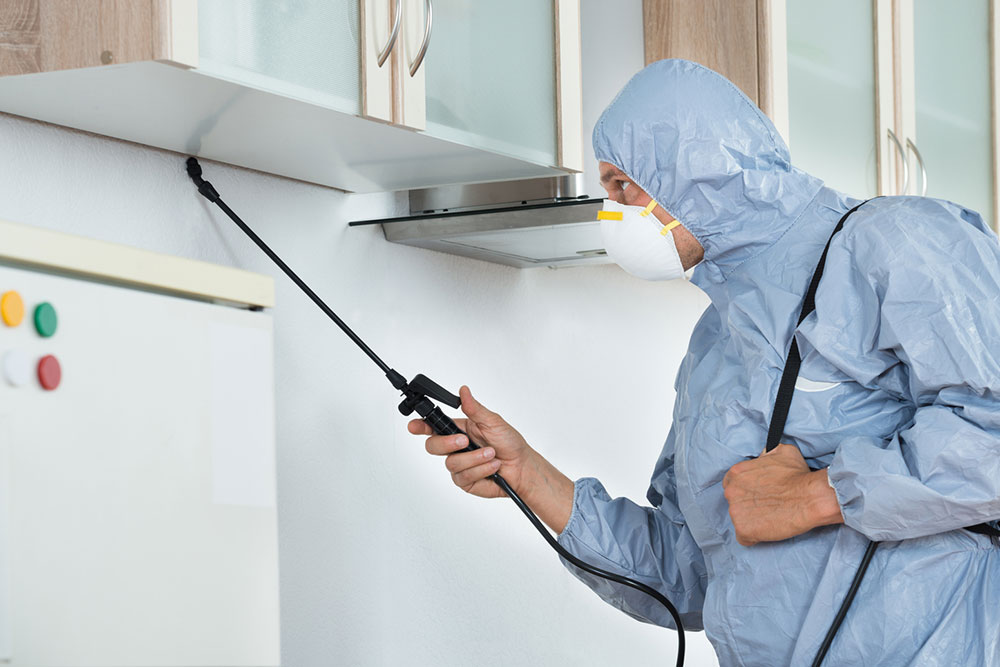Essential Tips for Effective Pest Management
Discover expert strategies for effective pest control tailored to residential and agricultural needs. This guide covers methods, selecting reputable providers, costs, and benefits to keep your property safe and pest-free with professional assistance. Ensure the right treatment and eco-friendly options for lasting results.
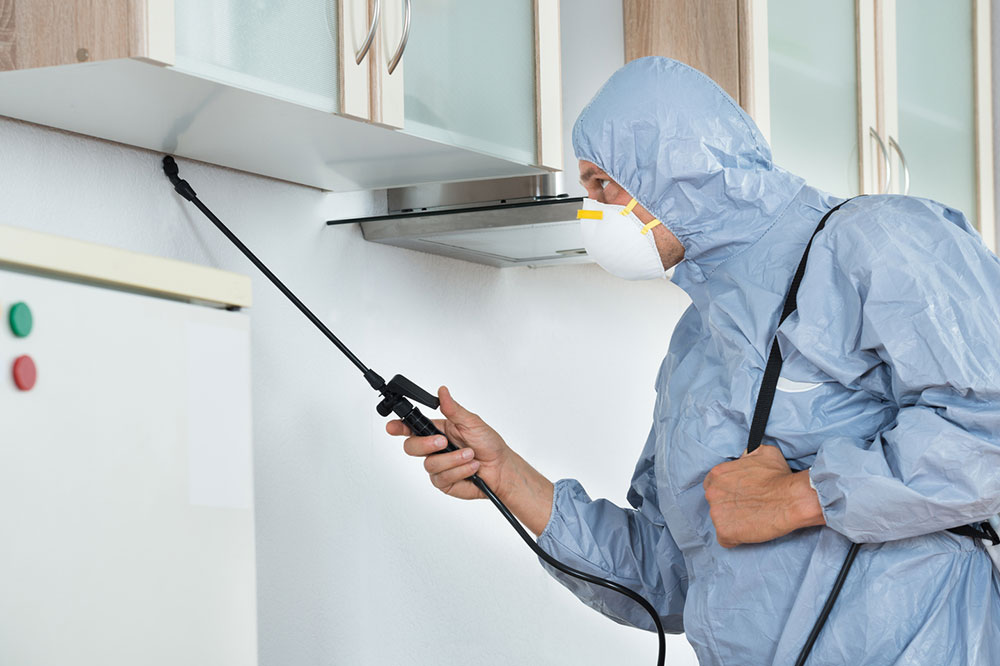
Essential Tips for Effective Pest Management
Presence of pests at home or in your garden can threaten safety, hygiene, and comfort. They may contaminate food, damage plants, and spread illnesses. Pests can also ruin furniture, clothing, and books, and leave droppings around your property. Despite preventive measures like sanitation and regular upkeep, some pests still infest spaces and can be tough to eliminate. Professional pest control services are often needed. Here's a comprehensive guide to selecting the right pest management solutions for your residence.
Types of pest control methods
Depending on where pests are located, different techniques are used, such as:
For gardens and agricultural fields
Pest management techniques include:
Biological control
This approach employs natural predators or parasites to manage pests like insects and mites. For example, releasing bacteria that target mosquito larvae into water sources helps control mosquito populations naturally.
Mechanical methods
These involve physical tools or manual techniques, such as barriers and weeding, to deter pests. Tillage and handpicking are common examples for controlling weeds and insects.
Pesticide application
Spraying crops with chemical agents using specialized equipment, with careful selection to minimize harm to beneficial insects and the environment.
For residential and commercial spaces
Different approaches are utilized, including:
Physical pest control
Trapping, baiting, or physical removal techniques are employed to capture and eliminate pests like rodents and insects. Light traps and poisoned baits are common tools.
Fumigation
Gaseous pesticides are used to eradicate pests within structures, especially effective for wood-boring insects. The process involves sealing the area and filling it with gas, and residents must vacate during treatment. It's costly but highly effective.
Insulation pest control
Boron-infused cellulose insulation inside walls and attics can kill pests such as termites, cockroaches, and ants safely and effectively.
Organic solutions
Natural products like insecticidal soaps, oils, and baits help control pests while ensuring safety for residents, pets, and the environment.
Electronic devices
Ultrasonic or electromagnetic devices interfere with pests' nervous systems, helping repel or eliminate rodents and insects.
Choosing your pest control provider: Tips
With many companies available, selecting a reliable and affordable service is crucial. Consider the following steps:
Research thoroughly
Avoid rushing into hiring; gather information through recommendations and online reviews, and request quotes from multiple providers.
Verify credentials
Ensure the company is licensed, certified, and experienced. Prefer providers with environmentally friendly products, especially for homes with children or pets.
Review customer feedback
Visit their websites to read reviews for insight into the company's reputation and success rates.
Request guarantees
Reputable companies often offer warranties or follow-up treatments if pests return within a certain period.
Compare and decide
Evaluate services, costs, and experience to select a provider that fits your needs and budget.
Benefits of professional pest control
Engaging experienced experts delivers several advantages:
Professional knowledge
Trained technicians can identify pest sources, apply targeted treatments, and eliminate breeding sites effectively, reducing re-infestation.
Customized solutions
They'll assess your space and design a plan tailored to your infestation level and property size.
Cost efficiency
Avoid wasting money on ineffective DIY solutions; experts use the correct products and methods for successful elimination.
Safety assurances
Professionals work with approved pesticides, ensuring safety for your family, pets, and surroundings.
Thorough cleaning
Post-treatment, they clean and sanitize affected areas to uphold hygiene and prevent infections.
Pest control costs vary based on pest type, property size, treatment frequency, and product selection. Usually, common pests like ants and spiders are less expensive to treat than rodents or termites. Typical costs are:
Ant treatment: starting at $250
Carpenter ant: around $500 with repairs
Cockroaches: over $300
Bed bug removal: $200-$400 per room
Spiders: from $200
Fleas and ticks: $150-$300
Rodents: approximately $300+
Termite inspection: $75-$150
Termite treatment: from $1000
Bee removal: $200-$500
Bat exclusion: $250-$500
Wasp control: $200-$500
The cost also increases with property size and the use of eco-friendly or specialized products. Regular visits may range from $40 to $60, depending on frequency. To conclude, timely professional pest management ensures your home or garden remains pest-free, safe, and well-maintained.
